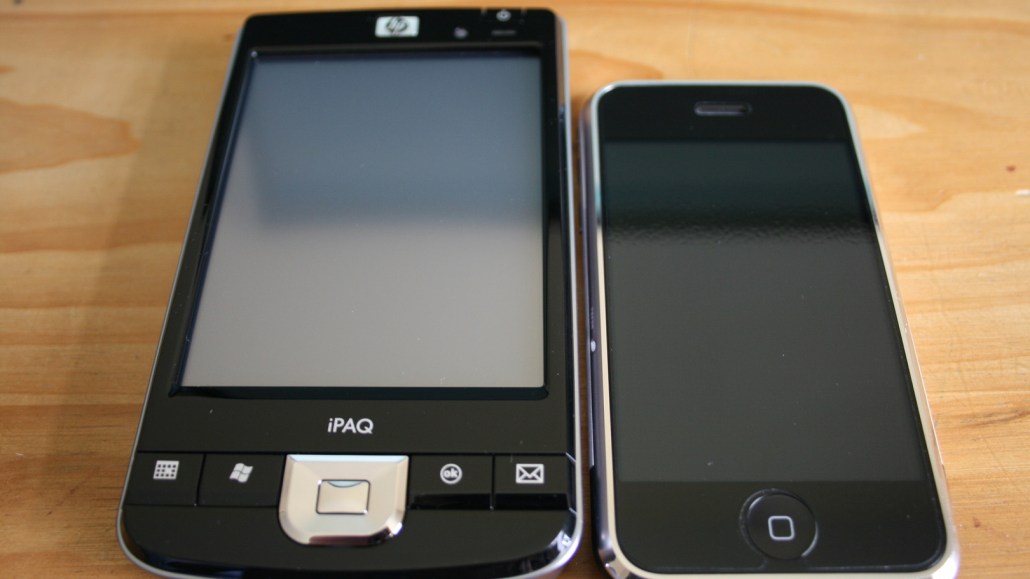Register by Jan 13 to save on passes and connect with marketers from Uber, Bose and more

Mobile media is changing fast. So fast its hard to look five minutes ahead, let alone one year. We asked our Mobile Conference speakers, “What will mobile ads look like in five years?”
The smarter our devices and networks get, the more contextually aware our potential communications will become. Today we can utilize location and some social connections, but it’s likely that in the near future additional elements like our activity stream data, purchase preferences as well as environmental factors from the sensors around us will deliver a higher degree of relevance than possible with today’s technology.—Jonathan Greene, managing director of mobile and social platforms, R/GA
Mobile ads will be more interactive than they are today, providing opportunities for readers to initiate multimedia and other content within the frame. They will be better integrated into the user’s reading, viewing and listening experiences. And they’ll likely involve sponsor content or be explicitly presented as a mechanism for making premium content available for free, as Spotify does with advertising in its free music service. —Kevin Delaney, editor-in-chief, Quartz
Technology has changed so much even over the past year that it’s hard to even imagine what ads will be look like in five years. But we could easily foresee ads on our mobile phones being seamlessly triggered by your geographic location, proximity to retailers and past purchase/browsing behavior. We always talk about mobile being the most “personal” ad platform, and that’s what we see as the true holy grail of mobile advertising: ads that are tailored to your likes, behaviors and buying habits.—Brian Colbert, vp of mobile advertising sales, Pandora
As the standard technology in our phones progresses e.g. increased processor speeds, quicker network access, better cameras, more sensitive sensors (accelerometers & GPS etc) we can expect to see ads and experiences that use more natural user interactions. Imagine asking questions to a brand, or just waving your phone over a space to figure out if the object your just saw on an ad would fit in the space you are standing in front of.—Alastair Green, executive creative director, Team One
There’s still time to register for the Mobile Conference. Learn more about our speakers and agenda, which includes a panel “The Future of Mobile in 2013,” featuring Tim Haden, svp, mobile strategy at Edelman Digital and Giles McGrath, creative director at MediaWhiz.
More in Media

Future starts to sharpen its AI search visibility playbook
Future is boosting AI search citations and mentions with a tool called Future Optic, and offering the product to branded content clients.

Digiday’s extensive guide to what’s in and out for creators in 2026
With AI-generated content flooding social media platforms, embracing the messiness and imperfection of being human will help creators stand out in the spreading sea of slapdash slop.

Media Briefing: Here’s what media execs are prioritizing in 2026
Media executives enter 2026 weathered by disruption, but refocused on AI revenue, brand strength and video and creator opportunities.





